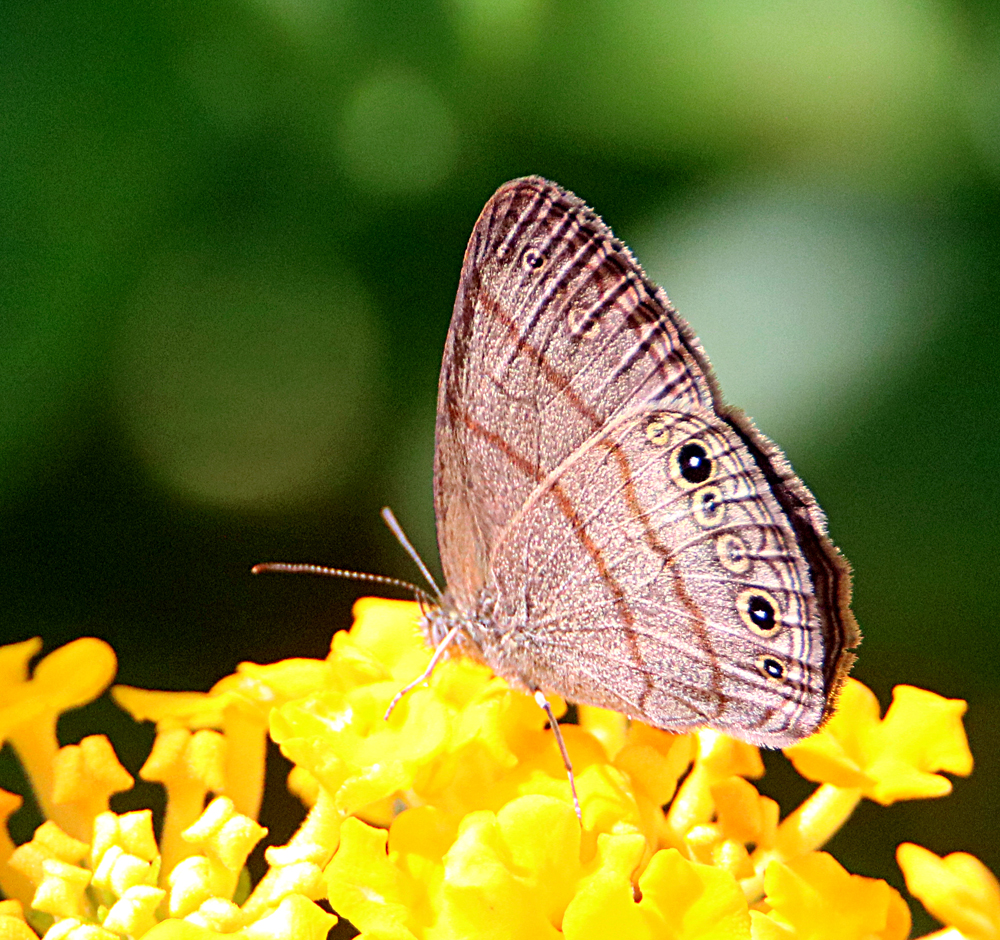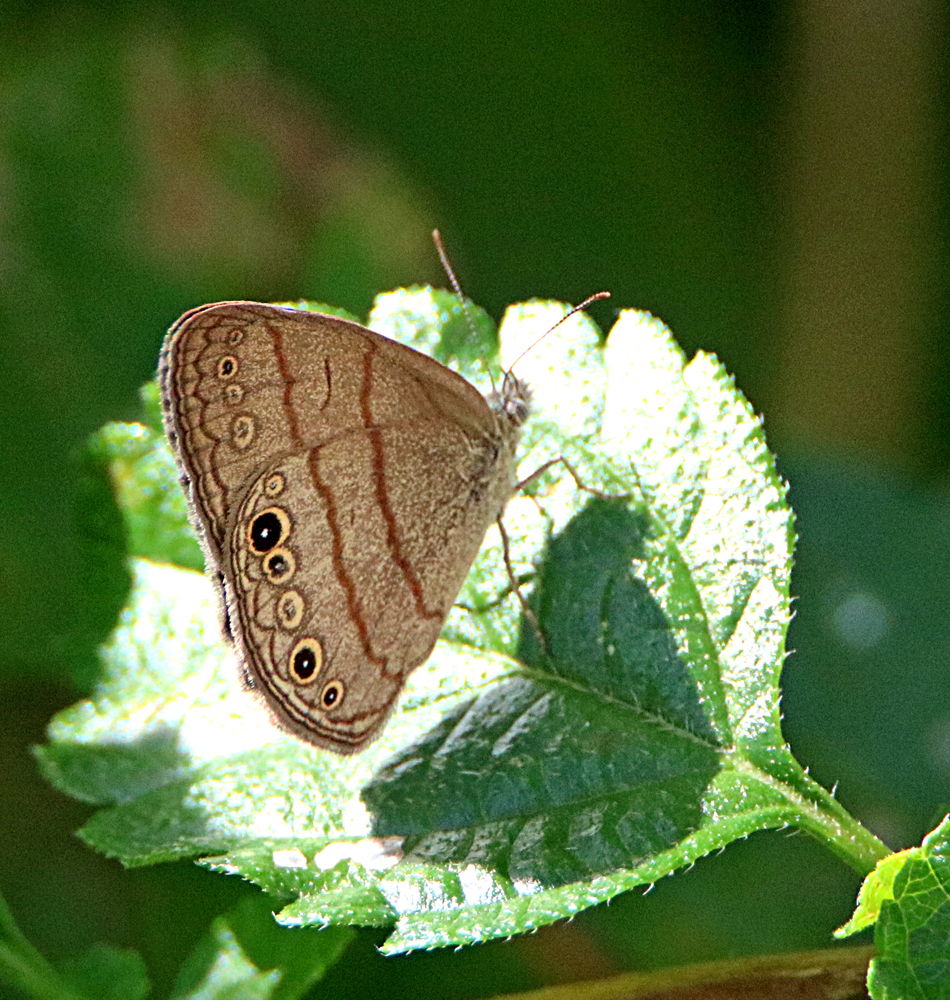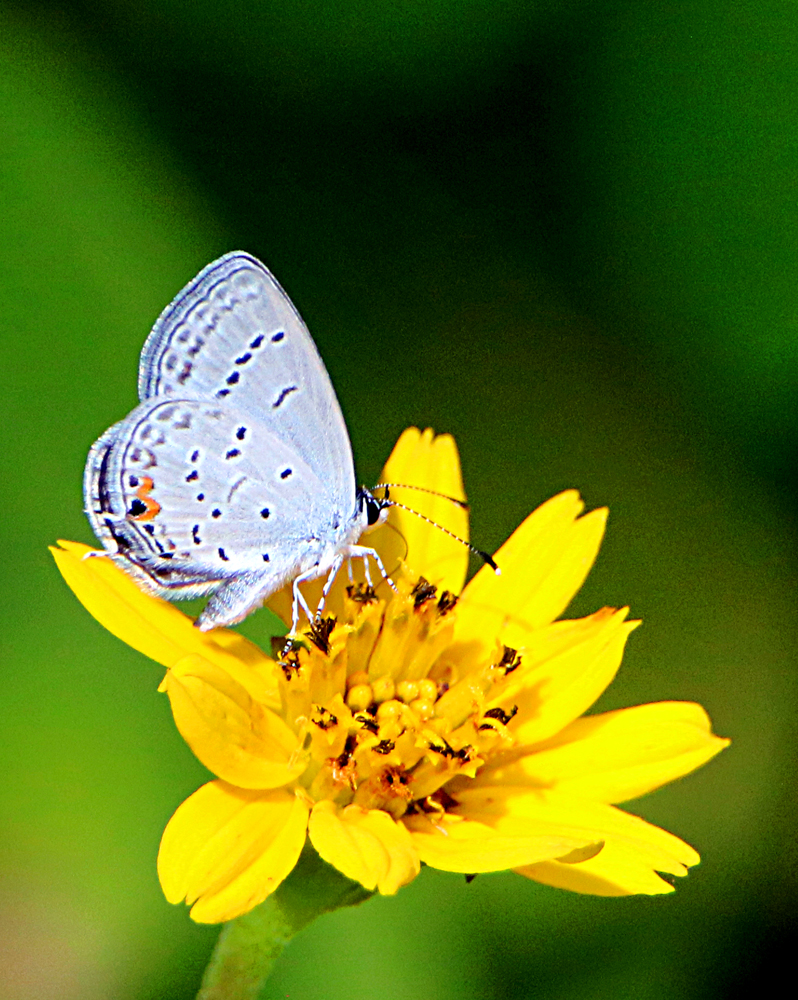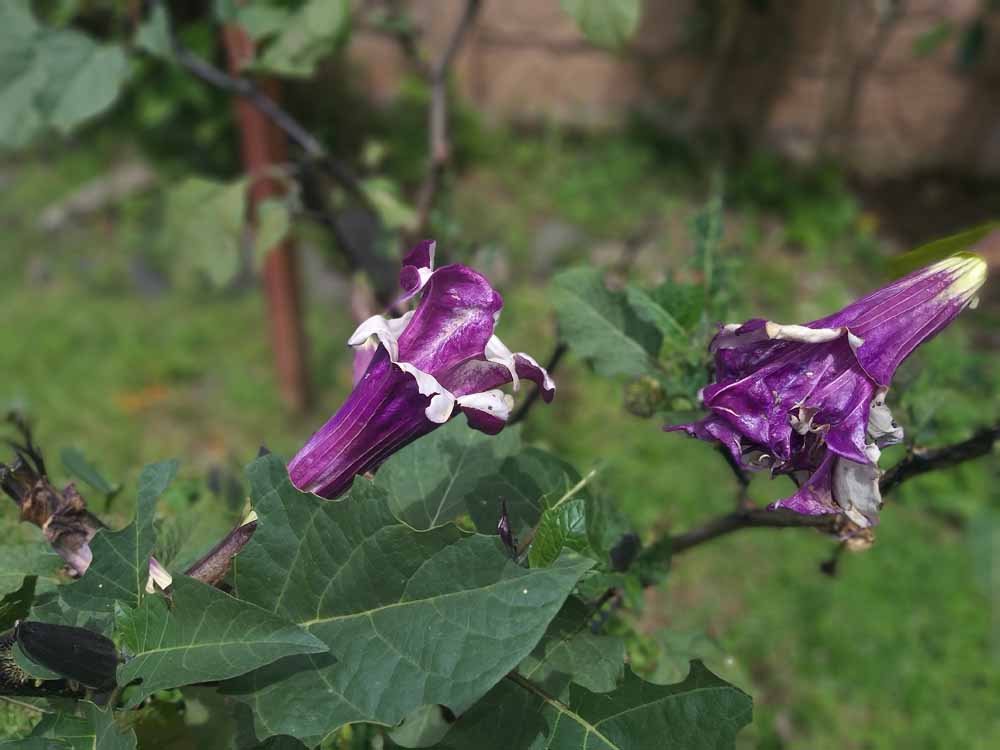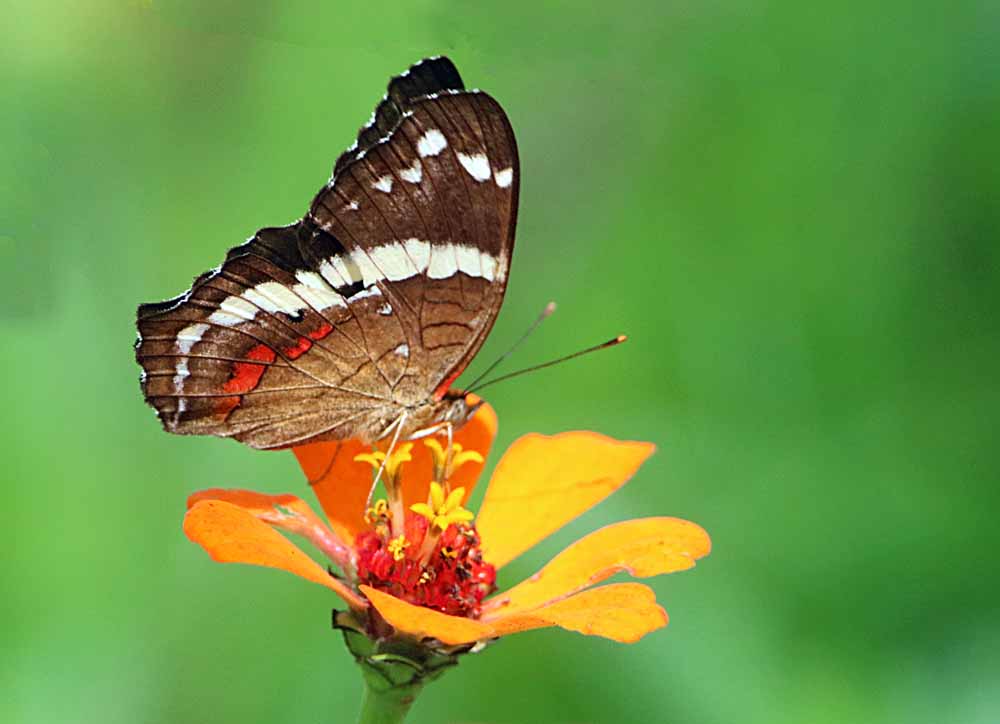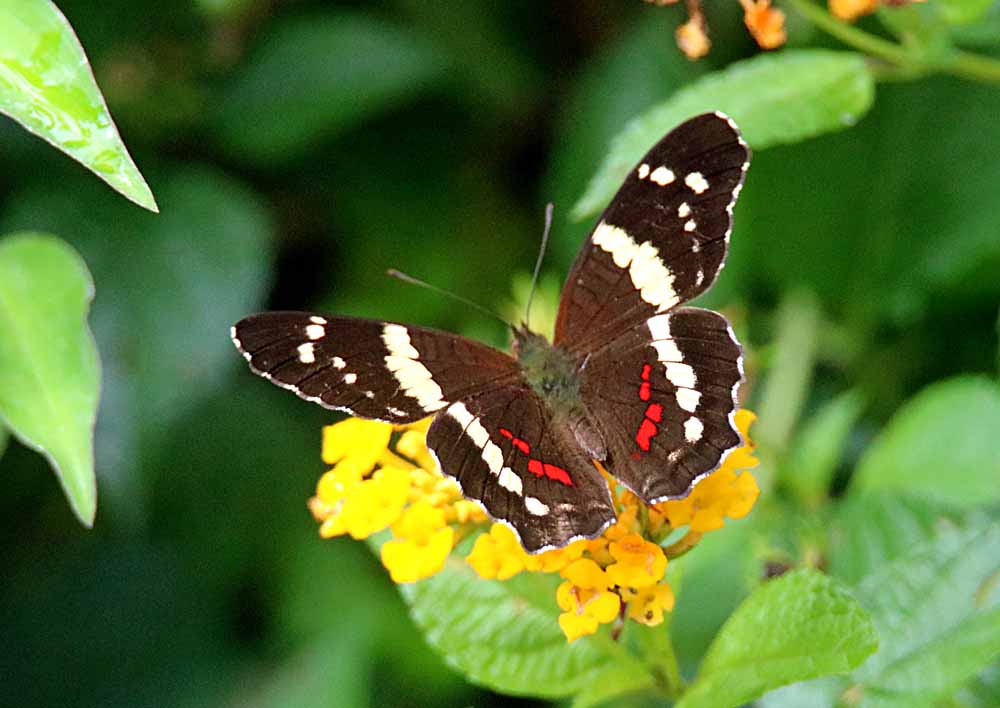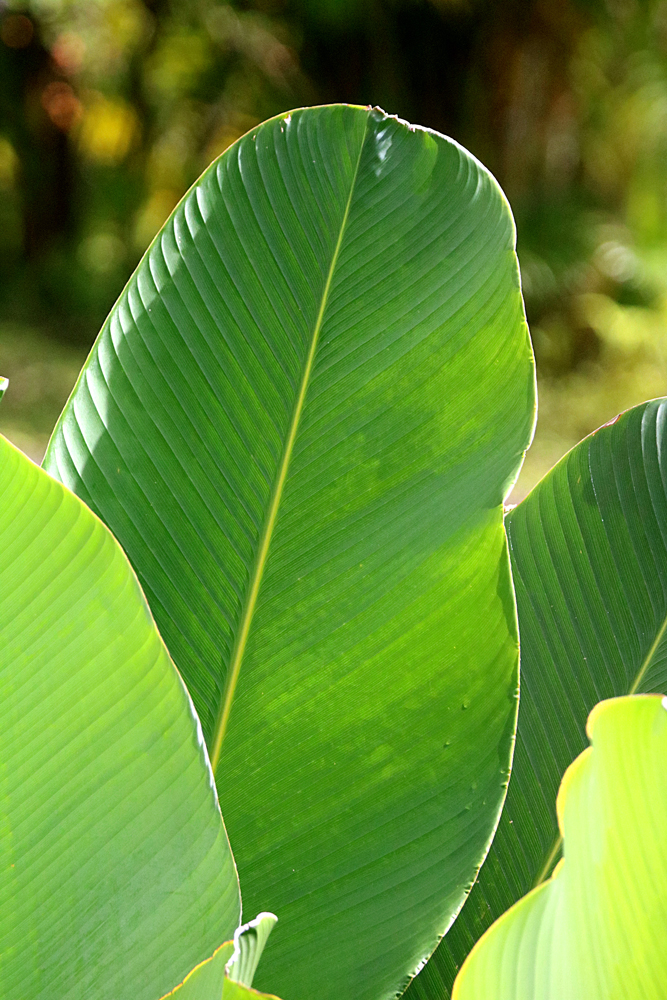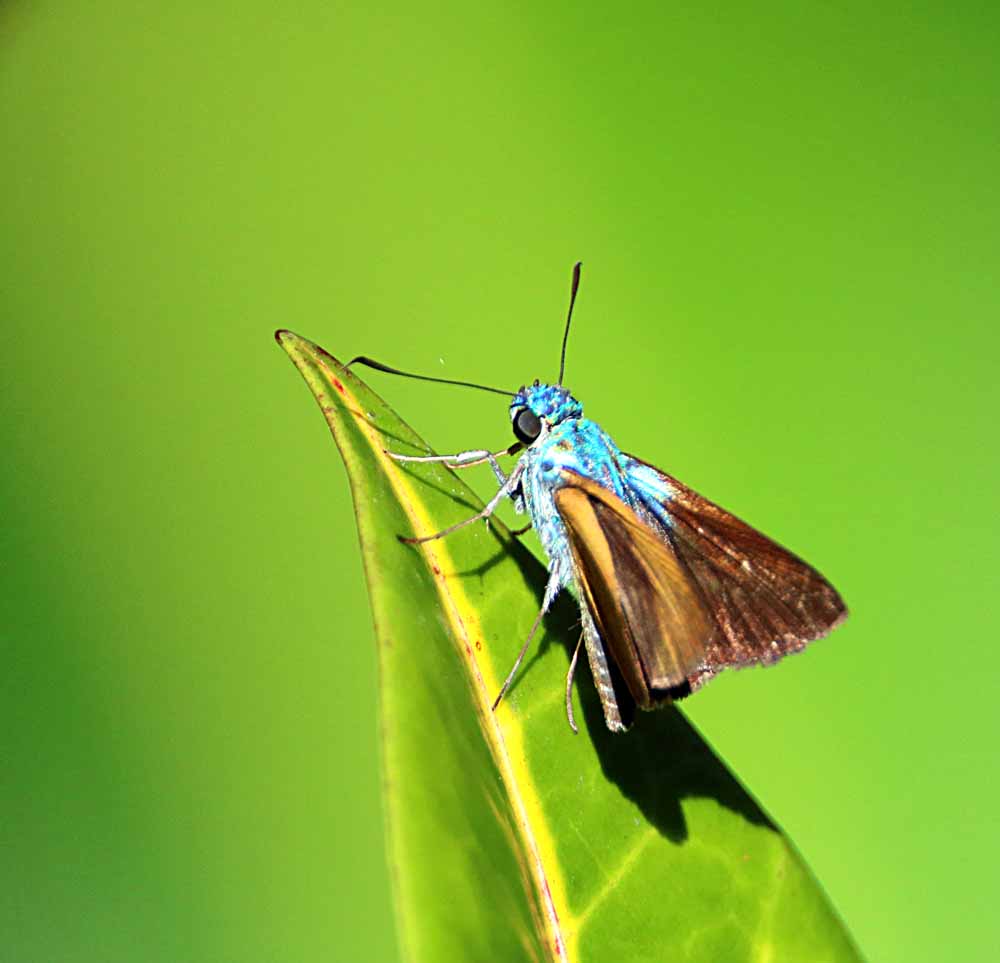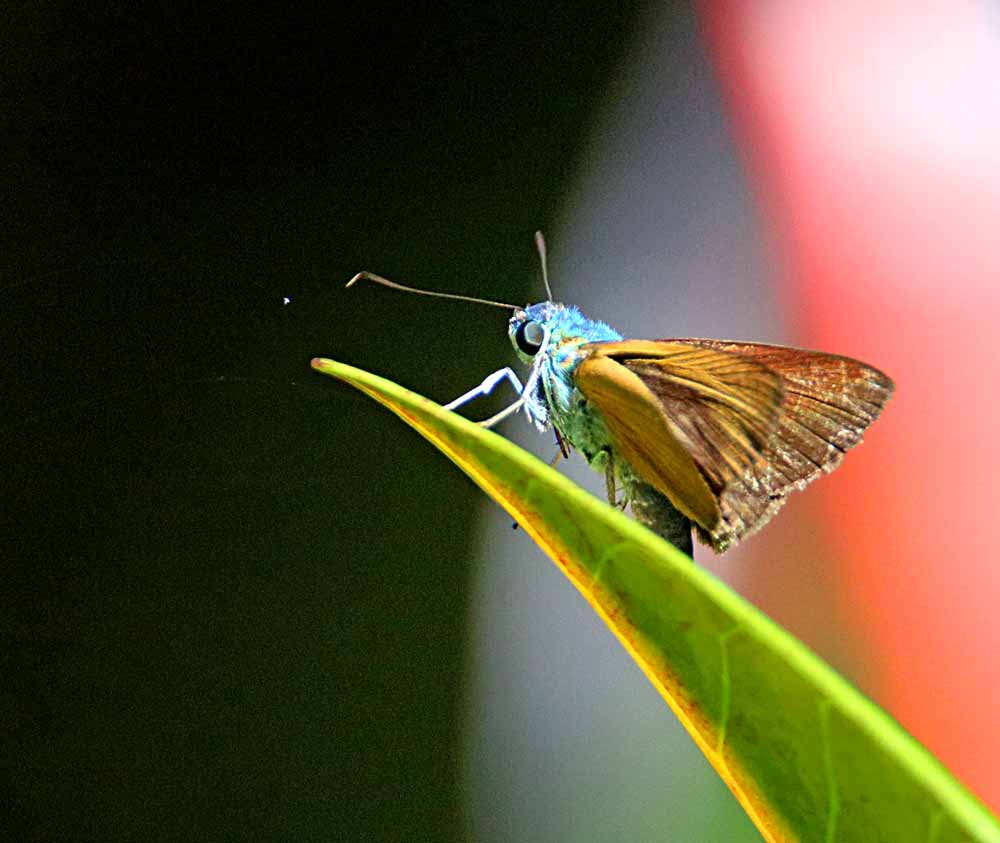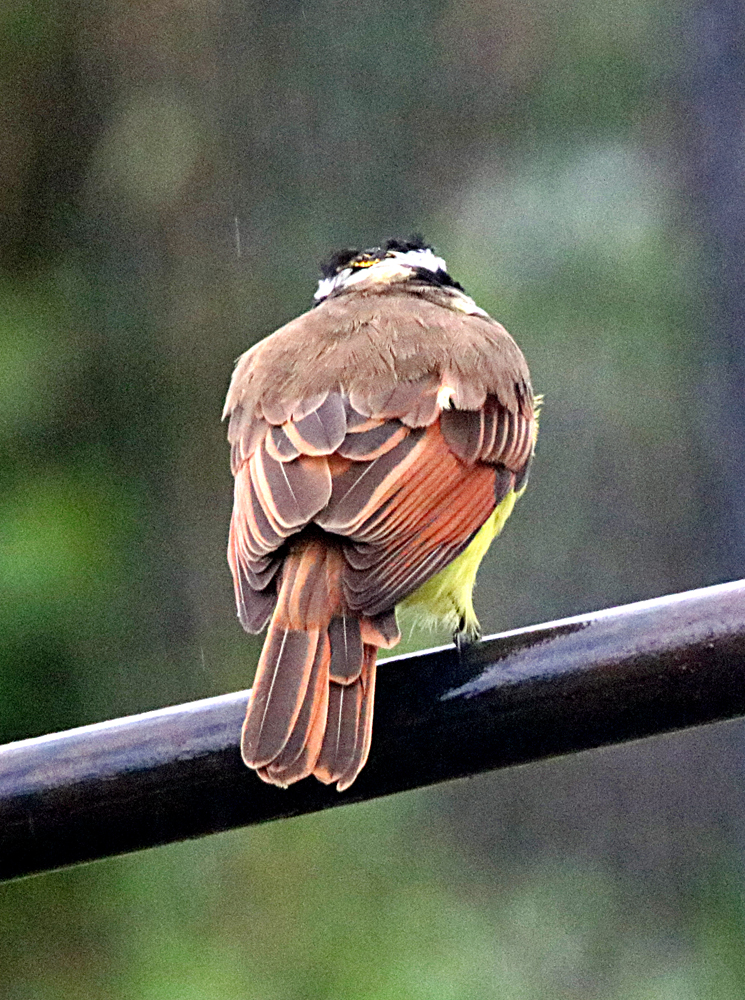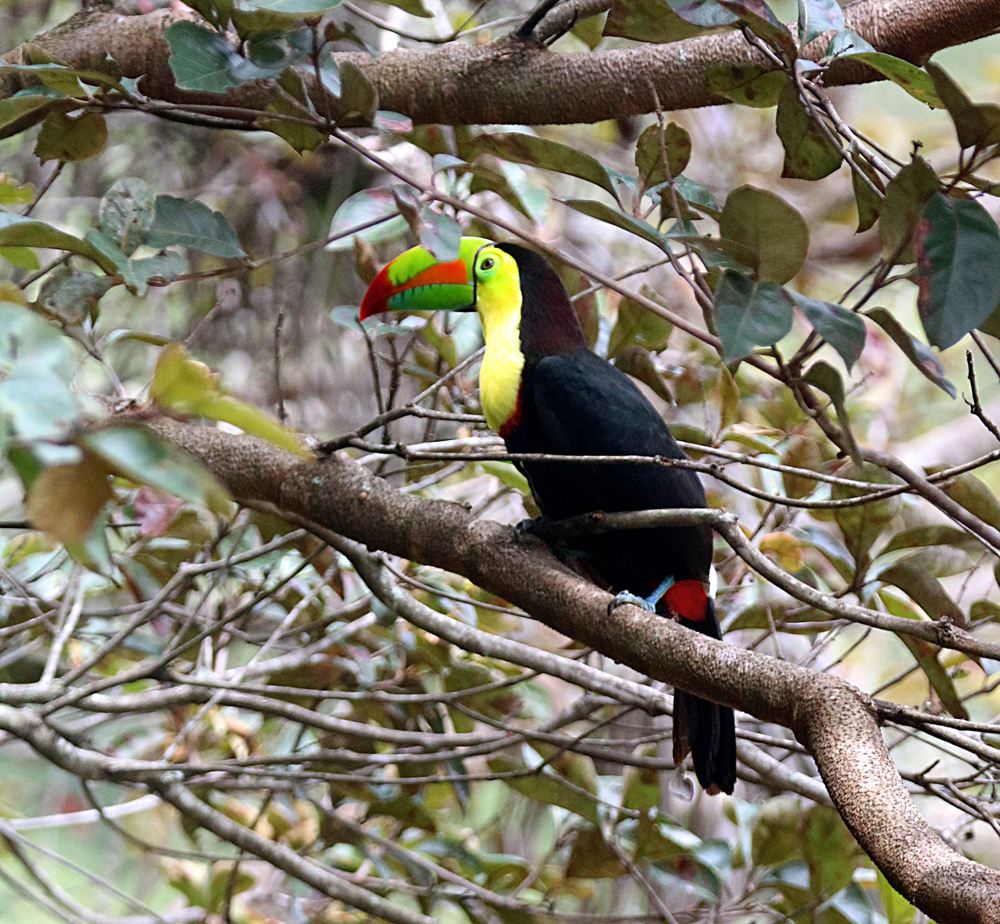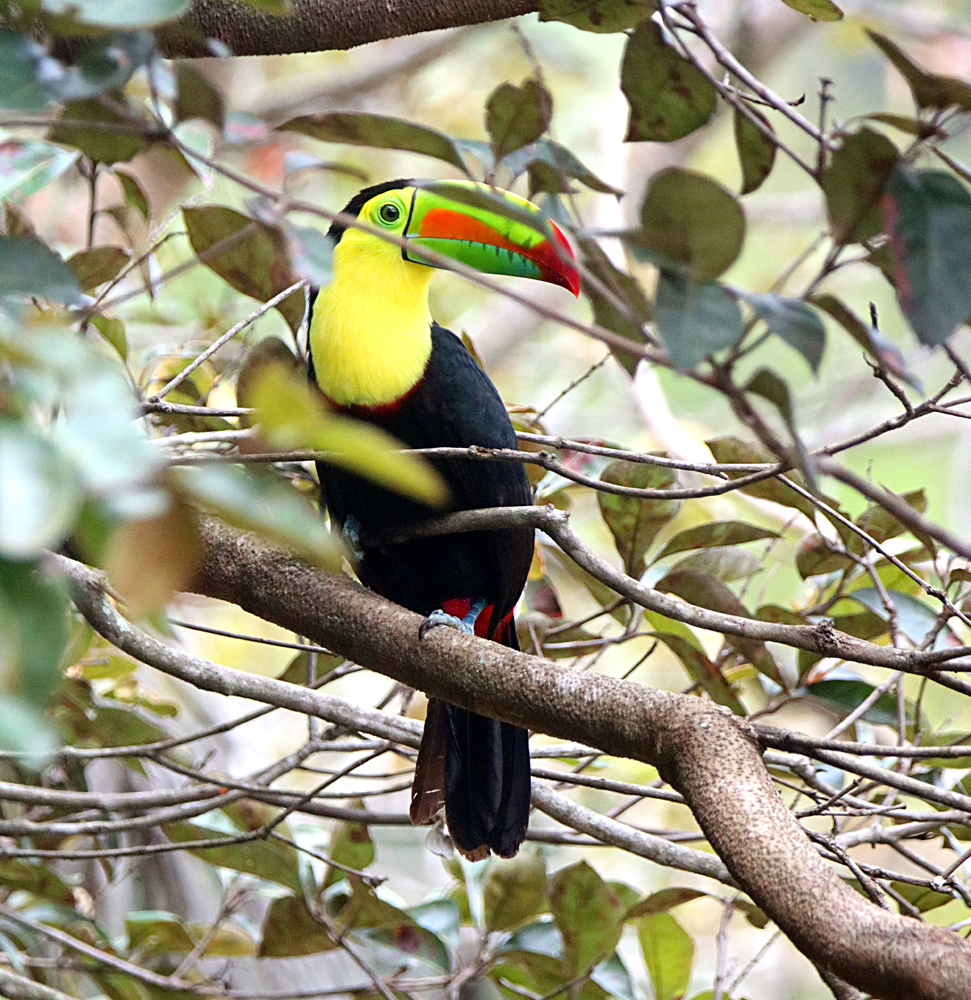In the past two years this was seen more often than this year for some reason. It was frequently near the ground or on grasses and ground-cover, but this time in October mostly on my Lantana flowers. It is very small, about the size of my thumbnail when his wings are folded. See more of my photos in the GALLERY: Hermes Satyr. This species is almost identical to another one found in the U.S. called Carolina Satyr, which is what I first labeled these guys here, but all indications are that here in Central America they are called Hermes and considered a different species. Here’s two shots from my garden . . .
